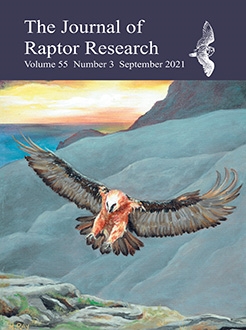The endangered Cape Vulture (Gyps coprotheres), a southern African endemic, breeds on precipitous cliffs in various habitats. Some colonies of this cliff-nesting species are found in the southeast (Mannyelanong Hill) and east (Tswapong Hills and adjacent complexes) of Botswana. Of six breeding sites studied in the Tswapong Hills complex from 1992 to 1999, only two large colonies near the villages of Goo-Moremi (Bonwalenong site) and Goo-Tau (Manong Yeng site) and one small colony near Lerala (Kukubye site) still hold breeding vultures. In 2017 and 2018 we used direct observations to estimate the breeding population and breeding success of Cape Vultures at the Bonwalenong and Manong Yeng colonies, and we compared our findings with data from the 1990s. We identified 261 nests in 2017 and 362 nests in 2018, and monitored them throughout the breeding season. Breeding success at the two sites differed significantly between the 2 yr of our study (2017 and 2018). However, breeding success at Manong Yeng in 2017–2018 did not differ significantly from that documented in the earlier study (1992–1999). Our results also suggested relatively stable numbers of breeding pairs in the Tswapong Hills between 1992–1999 and 2017–2018. Cape Vultures in the Tswapong Hills require continued monitoring and research to better understand population dynamics and the key factors influencing breeding success and nestling survival.
How to translate text using browser tools
1 September 2021
Breeding Success of Cape Vultures (Gyps coprotheres) at Colonies in the Tswapong Hills, Botswana
Tsaone Goikantswemang,
Richard P. Reading,
Glyn Maude,
Moses Selebatso,
Pete Hancock,
Wendy D. Borello,
Remigio M. Borello,
Jeremy S. Perkins
ACCESS THE FULL ARTICLE

Journal of Raptor Research
Vol. 55 • No. 3
September 2021
Vol. 55 • No. 3
September 2021
Botswana
breeding success
Cape Vulture
Gyps coprotheres
nesting
nestling survival
population




